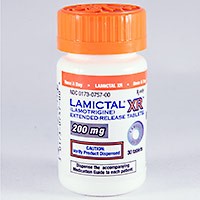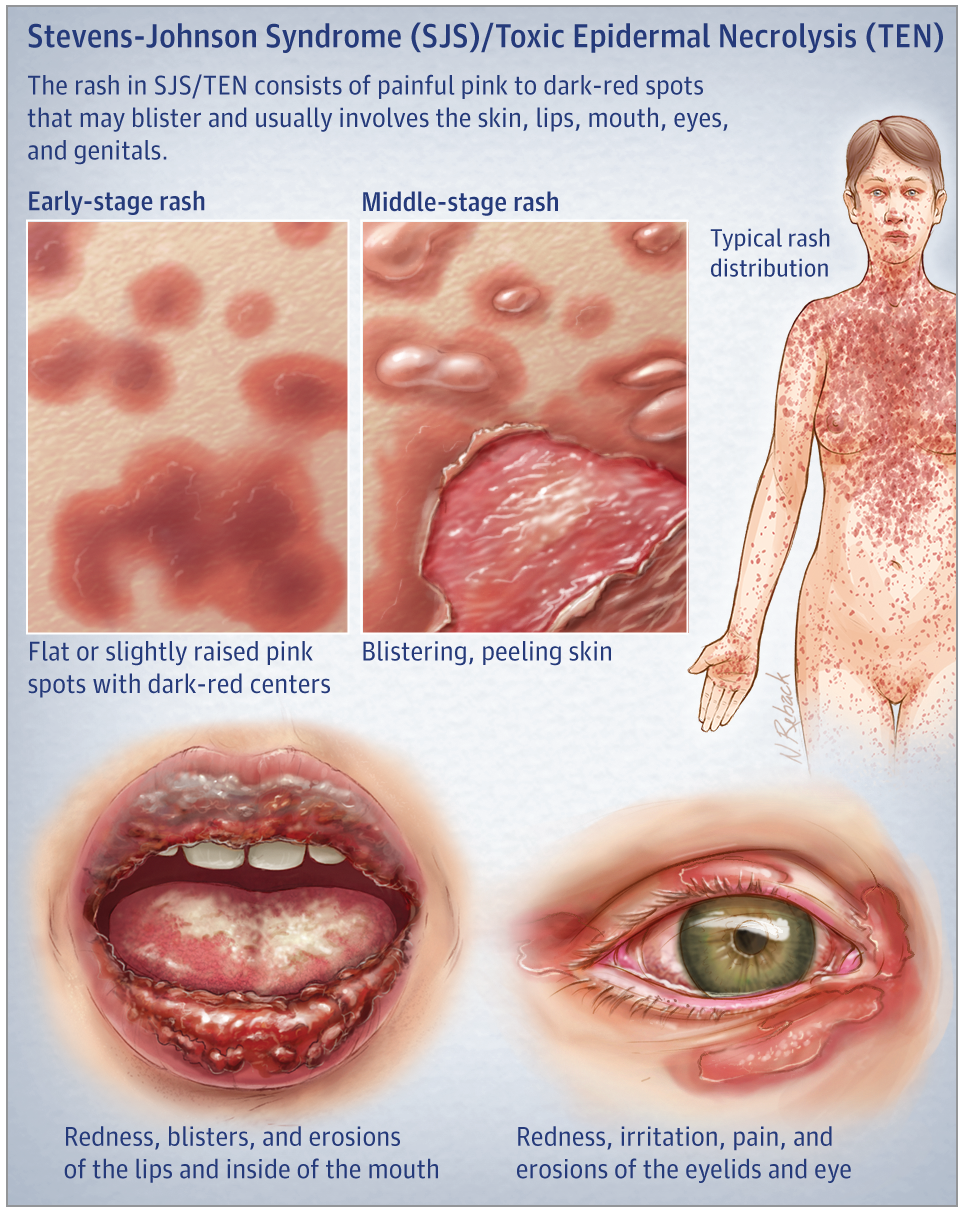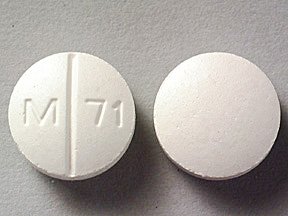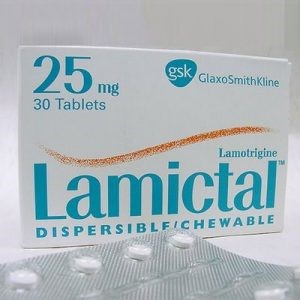At Childers, Schlueter & Smith, we have years of experience dealing with cases of dangerous and defective drugs. When drug manufacturers sell drug products without giving consumers all the information they should have, they put lives at risk, compromising patient health and safety. Even seemingly harmless drugs like antibiotics can have serious side effects so we’re sure you can imagine the kind of side effects that can occur after taking a newly approved anti-seizure medication.
Onfi, the brand name version of clobazam, a medication used to treat epileptic seizures, can cause serious skin reactions including Stevens Johnson Syndrome (SJS) and Toxic Epidermal Necrolysis (TEN). Stevens Johnson Syndrome is thought to be a milder form of TEN. Both are life-threatening skin conditions in which skin cell death causes the epidermis to separate from the dermis. We’ve seen this side effect before in other drugs and even provided legal counseling to those that have suffered from it. Normally, a drug used for seizure prevention should not have this sort of side effect, but many do. See: DilantinLawsuit.com
SJS and TEN have been called “hypersensitivity complexes.” They affect skin and mucous membranes. The condition begins in the immune system and eventually manifests itself in skin reactions. Stevens Johnson syndrome (SJS) usually begins with fever, sore throat, and fatigue and is therefore commonly misdiagnosed and treated with antibiotics. As the syndrome progresses, painful ulcers and other lesions begin to appear, usually the mouth and lips. Recovering from SJS and TEN has been compared to recovering from second and third degree burns.
Last December, the FDA ordered the manufacturer to add warnings about these skin reactions to its label. Since the FDA announcement, Onfi drug packaging and informational pamphlets have been revised to include information about the risk for serious skin reactions. All cases of SJS and TEN in the FDA case series resulted in hospitalization, one case resulted in blindness and one case resulted in death. It is our understanding there are many more cases out there that have not yet been reported.
Other SJS and TEN prescription drug cases that have resulted in permanent injury or death have been brought to justice. Our history with product liability suits here at Childers, Schlueter & Smith, LLC makes us fully capable of responding to situations like this one and our initial consultations are always free of charge. Give us a call if you think you would like us to evaluate your potential SJS/TEN case.
If you or someone you know is still taking Onfi and experiencing a skin reaction or any of the immune reactions previously mentioned, they should contact their doctor immediately. You should not stop taking it altogether without medical advice because stopping Onfi (or any anti-seizure medication) suddenly can cause serious withdrawal problems, such as uncontrollable seizures, hallucinations, shaking, nervousness and muscle cramps.
Other Stevens-Johnson Syndrome News
A study has found that survivors of Stevens-Johnson syndrome (SJS) have a higher risk of cardiovascular problems, specifically cerebrovascular accidents and ischemic heart disease, compared to the general population.
Medical negligence may contribute to Stevens-Johnson Syndrome (SJS) or Toxic Epidermal Necrolysis (TEN). Learn how drug errors, misdiagnosis, or lack of warnings could support a legal claim.
Lamictal has been linked to Stevens-Johnson Syndrome (SJS), a life-threatening skin reaction. Learn how improper prescribing or dosing may lead to serious injuries and legal action.
If you've been diagnosed with Stevens-Johnson Syndrome or Toxic Epidermal Necrolysis, it’s critical to act quickly and consult an experienced attorney to protect your legal rights and potential claim.
Allopurinol, a common gout medication, has been linked to Stevens-Johnson Syndrome—a rare but serious skin reaction that may require hospitalization and lead to long-term complications.
Improperly prescribed Allopurinol and Lamictal are leading causes of SJS/TEN. Learn how medical errors may have contributed to your injury—and why early legal action is essential.







